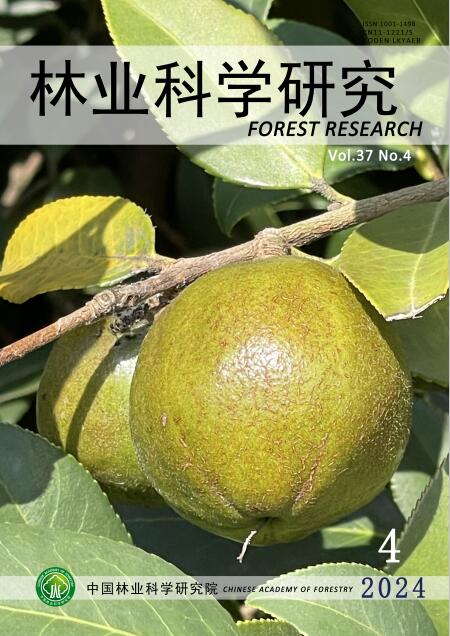Responses to Prescribed Fire at Big Thicket National Preserve, Texas, USA
Q4 Agricultural and Biological Sciences
引用次数: 1
Abstract
US Federal land managers have utilized hand ignited prescribed fire at Big Thicket National Preserve in efforts to restore the structure and diversity of the longleaf pine (Pinus palustris) forest. A fire ecology study was initiated by Rice University in the early 1990’s and the National Park Service has continued monitoring the plots. Ordination was applied to species abundance data to examine changes in vegetation communities from a variety of prescribed fire treatments and controls. The vegetation data was separated by size class to include overstory, small tree, large sapling and seedling data. Across the size classes and treatments, the sandhill and wetland savanna vegetation types remained less effected by fire treatments and only the upland pine responded to changes in the overstory. Upon reviewing fire return interval histories, it became evident that prescribed fire alone was not changing vegetation communities. Most of the plots did not have longleaf pine trees or seedlings present and only two plots that were mechanical treated showed distinction among other treatment regimes. Restoration treatments including the mechanical and chemical application and seedling plantings are necessary to ensure restoration of the longleaf pine forest structure and diverse understory vegetation.对美国德克萨斯州大灌木林国家保护区规定火灾的反应
美国联邦土地管理人员在大灌丛国家保护区使用手动点燃的规定火,努力恢复长叶松(palustris)森林的结构和多样性。20世纪90年代初,莱斯大学发起了一项火灾生态学研究,国家公园管理局一直在监测这些地块。对物种丰度数据进行了排序,以检验各种规定的火灾处理和控制对植被群落的影响。植被数据按大小分类,包括林下、小树、大树苗和幼苗数据。在不同的植被类型和处理中,沙丘和湿地稀树草原植被类型受火灾处理的影响较小,只有山地松对植被变化有响应。在回顾火灾回传间隔历史后,很明显,单独的规定火灾不会改变植被群落。大多数样地没有长叶松或长叶松苗,只有两个机械处理样地表现出与其他处理方式的差异。为了保证长叶松林结构和林下植被多样性的恢复,需要进行机械、化学施用和幼苗种植等恢复处理。
本文章由计算机程序翻译,如有差异,请以英文原文为准。
求助全文
约1分钟内获得全文
求助全文
来源期刊

林业科学研究
Environmental Science-Ecology
CiteScore
0.90
自引率
0.00%
发文量
4834
期刊介绍:
Forestry Research is a comprehensive academic journal of forestry science organized by the Chinese Academy of Forestry. The main task is to reflect the latest research results, academic papers and research reports, scientific and technological developments and information on forestry science mainly organized by the Chinese Academy of Forestry, to promote academic exchanges at home and abroad, to carry out academic discussions, to flourish forestry science, and to better serve China's forestry construction.
The main contents are: forest seeds, seedling afforestation, forest plants, forest genetic breeding, tree physiology and biochemistry, forest insects, resource insects, forest pathology, forest microorganisms, forest birds and animals, forest soil, forest ecology, forest management, forest manager, forestry remote sensing, forestry biotechnology and other new technologies, new methods, and to increase the development strategy of forestry, the trend of development of disciplines, technology policies and strategies, etc., and to increase the forestry development strategy, the trend of development of disciplines, technology policies and strategies. It is suitable for scientists and technicians of forestry and related disciplines, teachers and students of colleges and universities, leaders and managers, and grassroots forestry workers.
 求助内容:
求助内容: 应助结果提醒方式:
应助结果提醒方式:


